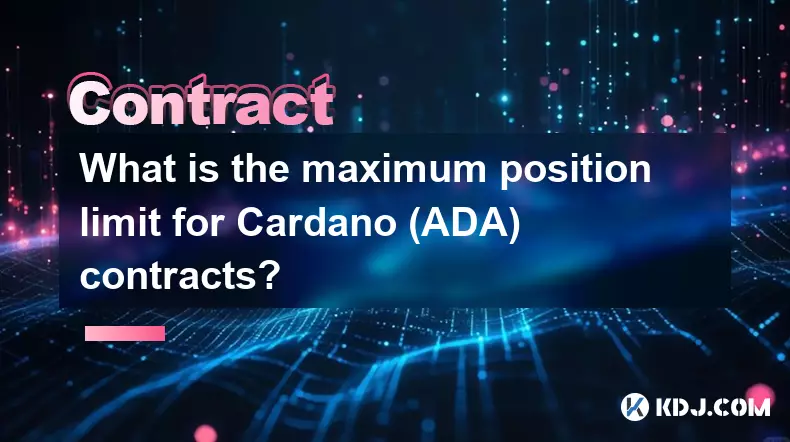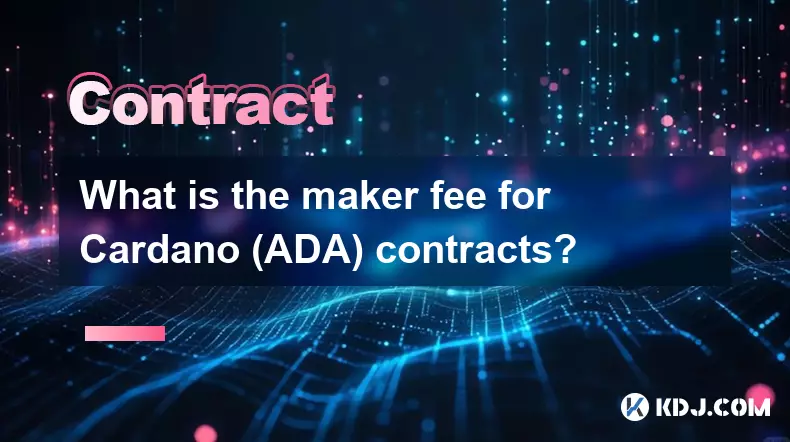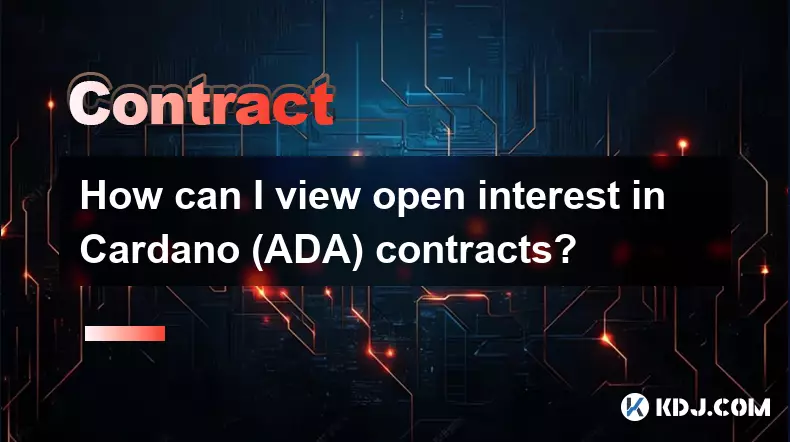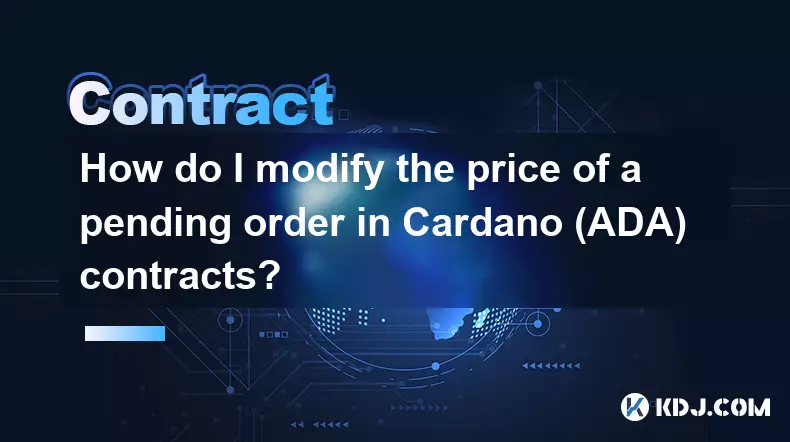-
 bitcoin
bitcoin $109523.663807 USD
-0.13% -
 ethereum
ethereum $4019.526508 USD
2.06% -
 tether
tether $1.000482 USD
0.00% -
 xrp
xrp $2.776815 USD
0.18% -
 bnb
bnb $958.942396 USD
0.12% -
 solana
solana $204.294698 USD
3.84% -
 usd-coin
usd-coin $0.999693 USD
0.00% -
 dogecoin
dogecoin $0.232115 USD
2.09% -
 tron
tron $0.338028 USD
0.84% -
 cardano
cardano $0.790920 USD
1.50% -
 hyperliquid
hyperliquid $44.871443 USD
5.60% -
 ethena-usde
ethena-usde $1.000322 USD
0.04% -
 chainlink
chainlink $21.034165 USD
2.60% -
 avalanche
avalanche $28.794831 USD
-0.54% -
 stellar
stellar $0.360466 USD
1.24%
Bitstamp leverage trading principle
Bitstamp's leverage trading platform enables traders to amplify their potential profits and explore shorting opportunities, but it also carries significant risks, including amplified losses, margin calls, and increased vulnerability to market volatility.
Nov 16, 2024 at 04:44 am

Leverage trading, available on prominent cryptocurrency exchanges like Bitstamp, offers traders the ability to amplify their returns by utilizing borrowed funds. This feature, popular among experienced traders, can significantly increase both potential profits and risks. Understanding the mechanics and implications of leverage trading is crucial for navigating the complex world of cryptocurrency markets.
Steps Involved in Leverage Trading on Bitstamp- Selecting an Asset: Leverage trading is applicable to a wide range of cryptocurrencies on Bitstamp. Traders can choose from popular options such as Bitcoin (BTC), Ethereum (ETH), Ripple (XRP), and Litecoin (LTC), allowing them to speculate on the price movements of their preferred digital assets.
- Choosing a Leverage Ratio: Bitstamp offers a flexible range of leverage ratios, enabling traders to tailor their risk exposure. The available leverage options vary depending on the traded asset and can range from 2x to 10x. A 2x leverage means that for every $1 of capital, the trader can control $2 worth of assets, while a 10x leverage provides control over $10 worth of assets for the same capital.
- Placing an Order: Once the asset and leverage ratio are selected, traders can initiate their leverage trading orders. Bitstamp supports both long (buying) and short (selling) positions, giving traders the opportunity to profit from both rising and falling prices. The order form requires specifying the order type (market or limit), the desired leverage ratio, and the order size.
- Margin Requirement: Leverage trading involves borrowing funds from the exchange to amplify the trading position. As a result, traders need to maintain a minimum balance known as the margin requirement. The margin requirement varies based on the leverage ratio and the market volatility of the traded asset. A higher leverage ratio necessitates a higher margin requirement to mitigate potential losses.
- Order Execution: Upon submitting the order, Bitstamp's matching engine will execute the trade and allocate the borrowed funds. Traders can monitor their active leverage positions through the exchange's trading interface, which displays real-time profit/loss calculations based on current market prices.
- Margin Calls: If the market moves against the trader's position and the equity in the account falls below the required margin, Bitstamp may issue a margin call. A margin call requires traders to deposit additional funds to maintain the required margin level and avoid liquidation. Failure to meet a margin call can result in the forced closure of the position, leading to potential losses.
- Closing the Position: To exit the leverage trading position, traders can place an opposite order that closes the original position. For example, if a trader opened a long position with a 5x leverage, they would need to place a short position with the same leverage and quantity to close the trade.
- Magnified Profits: Leverage trading amplifies potential profits, allowing traders to capitalize on favorable market movements with a relatively small amount of capital.
- Shorting Opportunities: Leverage trading enables traders to profit from falling asset prices by taking short positions. This flexibility allows them to hedge against risks or speculate on bearish market trends.
- Increased Trading Power: Leverage trading effectively increases a trader's trading power, allowing them to control a larger position size with limited capital.
- Amplified Losses: Just as leverage can magnify profits, it can also magnify losses. Adverse market movements can quickly erode account equity, potentially leading to substantial losses.
- Margin Calls and Liquidation: Failure to maintain the required margin level can trigger margin calls and forced liquidations, resulting in significant financial losses.
- Volatility Risk: Leverage trading amplifies the impact of market volatility on both profits and losses. Traders need to be prepared to manage the increased risk associated with volatile cryptocurrency markets.
- Psychological Impact: Leverage trading can induce emotional and psychological stress, especially during periods of high market volatility. Traders should maintain discipline and avoid impulsive decisions that could lead to irrational trading behavior.
Leverage trading on Bitstamp offers a powerful tool for experienced traders to enhance their returns. However, it comes with inherent risks that require careful consideration and prudent risk management strategies. Traders should thoroughly understand the mechanics and risks involved before engaging in leverage trading.
Disclaimer:info@kdj.com
The information provided is not trading advice. kdj.com does not assume any responsibility for any investments made based on the information provided in this article. Cryptocurrencies are highly volatile and it is highly recommended that you invest with caution after thorough research!
If you believe that the content used on this website infringes your copyright, please contact us immediately (info@kdj.com) and we will delete it promptly.
- Coin War, Durian Auction, Night Tour: A Wild Ride Through Crypto, Cuisine, and Korean TV
- 2025-09-27 08:45:14
- Cyber Hornet, ETFs, and Crypto: A New York Minute on Hybrid Investments
- 2025-09-27 08:25:12
- Bitcoin's Future Value: Prediction, Trends, and Insights
- 2025-09-27 08:45:14
- MoonBull: The Meme Market's 100x Crypto Contender?
- 2025-09-27 08:25:12
- Eric Trump, Crypto Market, and the Unbelievable Q4: A New York Take
- 2025-09-27 08:30:01
- Linea Crypto & SWIFT: What's the Price Prediction?
- 2025-09-27 08:50:01
Related knowledge

How do I enable the "scalping-only" mode for Cardano (ADA) contracts?
Sep 24,2025 at 03:19am
Understanding Scalping Strategies in Crypto Derivatives1. Scalping in cryptocurrency trading refers to executing multiple short-term trades within min...

What is the maximum position limit for Cardano (ADA) contracts?
Sep 23,2025 at 11:00pm
Understanding ADA Futures and Derivatives Market Structure1. Cardano (ADA) futures contracts are offered by several major cryptocurrency derivatives e...

What is the maker fee for Cardano (ADA) contracts?
Sep 26,2025 at 09:01am
Understanding Maker Fees in Cardano (ADA) Contracts1. The concept of maker fees applies broadly across decentralized exchanges and smart contract plat...

How can I view open interest in Cardano (ADA) contracts?
Sep 24,2025 at 07:36am
Understanding Open Interest in Cardano Derivatives1. Open interest refers to the total number of outstanding derivative contracts, such as futures or ...

How do I modify the price of a pending order in Cardano (ADA) contracts?
Sep 27,2025 at 01:00am
Understanding Pending Orders in Cardano Smart Contracts1. Cardano operates on a proof-of-stake blockchain that supports smart contracts through its Pl...

What is the function of the insurance fund in Cardano (ADA) contracts?
Sep 24,2025 at 02:18am
Understanding the Role of Insurance Funds in Cardano Smart Contracts1. The insurance fund within Cardano's ecosystem is not a native feature directly ...

How do I enable the "scalping-only" mode for Cardano (ADA) contracts?
Sep 24,2025 at 03:19am
Understanding Scalping Strategies in Crypto Derivatives1. Scalping in cryptocurrency trading refers to executing multiple short-term trades within min...

What is the maximum position limit for Cardano (ADA) contracts?
Sep 23,2025 at 11:00pm
Understanding ADA Futures and Derivatives Market Structure1. Cardano (ADA) futures contracts are offered by several major cryptocurrency derivatives e...

What is the maker fee for Cardano (ADA) contracts?
Sep 26,2025 at 09:01am
Understanding Maker Fees in Cardano (ADA) Contracts1. The concept of maker fees applies broadly across decentralized exchanges and smart contract plat...

How can I view open interest in Cardano (ADA) contracts?
Sep 24,2025 at 07:36am
Understanding Open Interest in Cardano Derivatives1. Open interest refers to the total number of outstanding derivative contracts, such as futures or ...

How do I modify the price of a pending order in Cardano (ADA) contracts?
Sep 27,2025 at 01:00am
Understanding Pending Orders in Cardano Smart Contracts1. Cardano operates on a proof-of-stake blockchain that supports smart contracts through its Pl...

What is the function of the insurance fund in Cardano (ADA) contracts?
Sep 24,2025 at 02:18am
Understanding the Role of Insurance Funds in Cardano Smart Contracts1. The insurance fund within Cardano's ecosystem is not a native feature directly ...
See all articles










































































